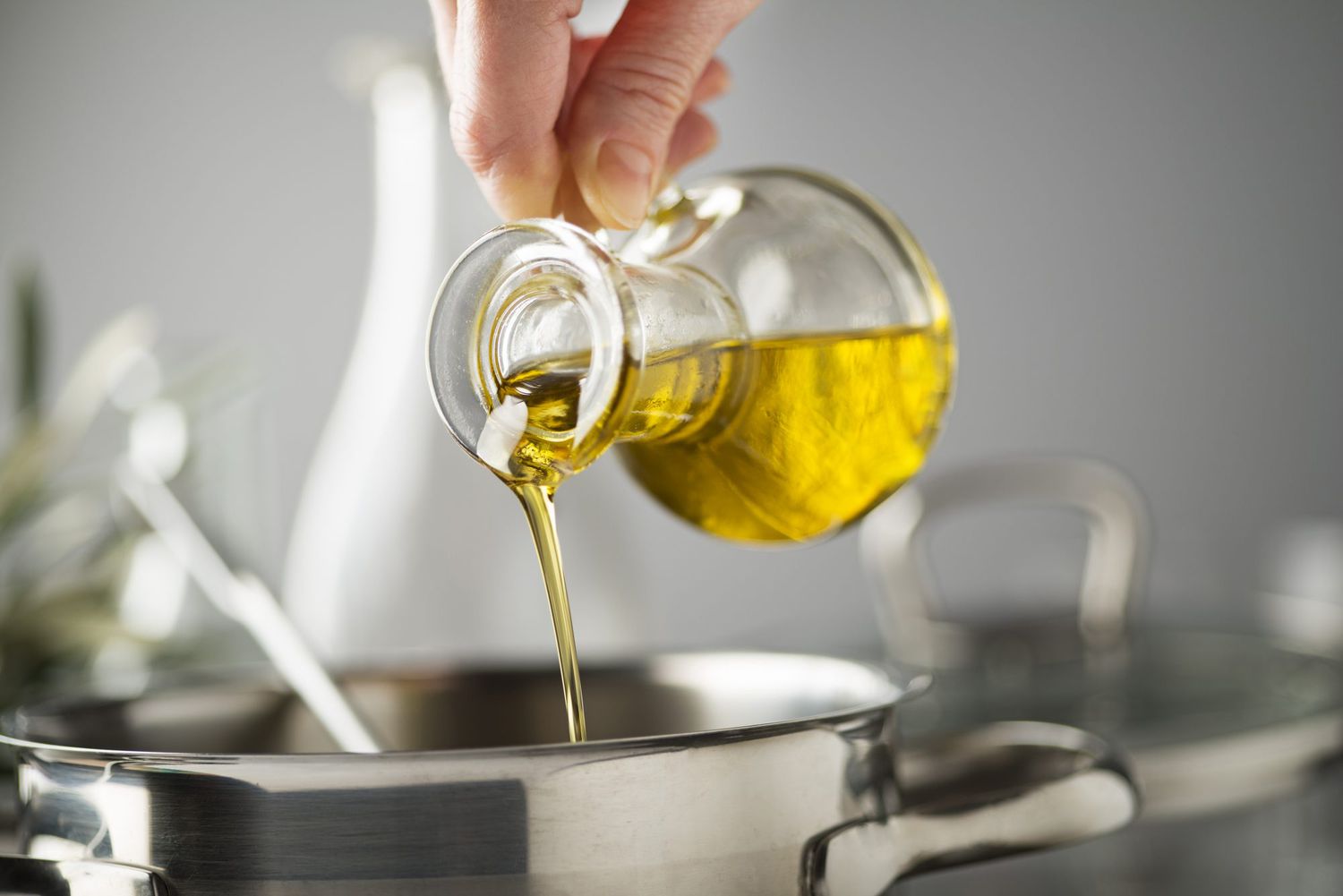Welcome, culinary enthusiasts and kitchen professionals! Today, we are diving deep into one of the most commonly used oils in kitchens around the worldcanola oil. If you've ever found yourself wondering 'what is canola oil made of,' you're not alone. This article will unravel the mysteries, going beyond the basics to give you a comprehensive understanding of this versatile oil.

Origins of Canola Oil
The story of canola oil starts in the fields of Canada. In fact, the name 'canola' is a combination of 'Canada' and 'ola' (meaning oil). It was developed in the 1970s by Canadian researchers who wanted to create a healthier alternative to traditional oils.
From Rapeseed to Canola
Before it became known as canola oil, the plant was originally called rapeseed. Due to its high levels of erucic acid, it was not suitable for human consumption. However, through selective breeding, scientists managed to reduce the levels of erucic acid and glucosinolates, creating the safe and nutritious canola plant we know today.

Canola Plant Anatomy
So, 'what is canola oil made of'? At the core, canola oil is extracted from the seeds of the canola plant. These seeds are contained within the canola pods, which grow on tall, leafy stalks. Each seed contains around 45% oil.
The Seed Composition
Canola seeds are made up of approximately 18-20% protein, 40-45% oil, and the remaining percentage consists of moisture and other substances. This high oil content makes canola seeds an efficient source for oil production.

The Extraction Process
Understanding 'what is canola oil made of' also involves knowing how it is made. The extraction process can be broadly categorized into two methods: mechanical pressing and solvent extraction. To explore more about oil extraction click here.
Mechanical Pressing
This method involves crushing the canola seeds to extract the oil. The seeds are cleaned, heated, and then pressed to release the oil. While this method is more natural, it yields less oil compared to solvent extraction.
Solvent Extraction
In this method, hexane is used to dissolve the oil out of the seed meal. This mixture is then separated, and the hexane is evaporated off, leaving behind pure canola oil. This method is more efficient and widely used in commercial production. Learn more in our extraction methods page.

Nutritional Profile
Canola oil is often praised for its health benefits, but 'what is canola oil made of' that makes it so special? For health benefits of different oils visit our oil benefits section.
Fatty Acids
Canola oil has a balanced ratio of omega-3 to omega-6 fatty acids, which is beneficial for heart health. It is also low in saturated fats and high in monounsaturated fats, making it a heart-healthy choice.
Vitamins and Antioxidants
Canola oil contains significant amounts of vitamin E and K, both of which are essential for overall health. The presence of antioxidants also adds to its health benefits.
Common Uses in the Kitchen
Understanding 'what is canola oil made of' wouldn't be complete without discussing its various applications in cooking. From frying to baking, canola oil is a versatile ingredient in any kitchen. For more about cooking tips with different oils visit our cooking tips page.
Frying and Sauting
With a high smoke point, canola oil is ideal for frying and sauting. It can withstand high temperatures without breaking down, making it perfect for crispy fried foods.
Baking
Canola oil's neutral flavor makes it a great choice for baking. Whether you're making cakes, muffins, or bread, it blends seamlessly with other ingredients.
Environmental Impact
Beyond understanding 'what is canola oil made of', it's also important to consider its environmental impact. Canola farming has both positive and negative implications.
Sustainable Practices
Many canola farms employ sustainable farming practices, such as crop rotation and reduced pesticide use, which help in maintaining soil health and biodiversity.
Challenges
However, the large-scale production of canola oil also has its downsides, including the use of genetically modified organisms (GMOs) and the risk of monoculture farming. To learn more about maintaining a clean and eco-friendly kitchen visit How to Clean a Commercial Kitchen Thoroughly.
Conclusion: Why Canola Oil is a Staple in Modern Kitchens
In summary, understanding 'what is canola oil made of' gives us a greater appreciation for this versatile and healthful oil. From its humble beginnings in Canadian fields to its widespread use in kitchens around the world, canola oil is a testament to human ingenuity and agricultural innovation.
FAQs
-
Is canola oil healthy?
Yes, canola oil is considered healthy due to its low levels of saturated fats and high levels of monounsaturated fats and omega-3 fatty acids.
-
Is canola oil the same as rapeseed oil?
While canola oil is derived from the rapeseed plant, it has been specifically bred to have lower levels of erucic acid and glucosinolates, making it safe for human consumption.
-
Can canola oil be used for high-heat cooking?
Yes, canola oil has a high smoke point, making it suitable for frying and sauting.
For more in-depth information on canola oil and its benefits, visit Healthline.
As an Amazon Associate, I earn from qualifying purchases.






Leave a comment
This site is protected by hCaptcha and the hCaptcha Privacy Policy and Terms of Service apply.